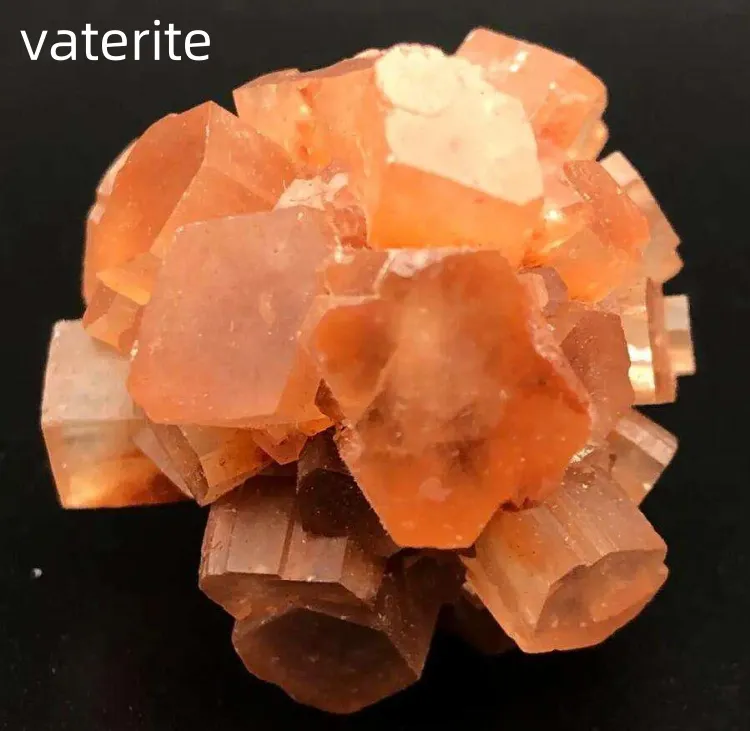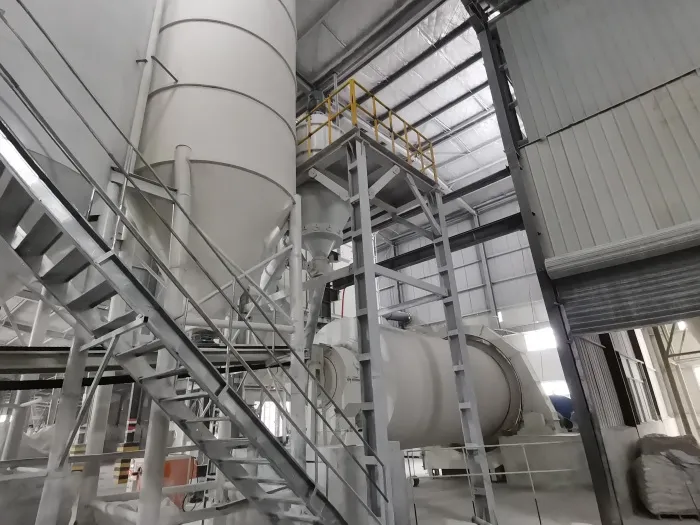Calcium carbonate is an important chemical material with rich resources. It features simple production and excellent performance. It is widely used in rubber, ink, medicine, and food. In the medical field, its use is even more extensive.Calcium carbonate is an excellent calcium additive and supplement. Calcium-based supplements offer high calcium content and absorption. They also provide high bioavailability. Pharmaceutical-grade calcium carbonate serves as filler and base. It is also used to prepare fermentation media. It supplies calcium and stabilizes pH during fermentation. Thus, it acts as an essential buffer in bioprocesses. Notably, calcium carbonate is now used as a biomaterial. It builds smart carriers for gene, enzyme, and drug delivery. Vaterite calcium carbonate, a rare and metastable polymorph of CaCO₃, has gained growing attention for its unique properties.

Vaterite Calcium Carbonate Microspheres
Calcium carbonate mainly has three crystal forms: calcite, aragonite, and vaterite. Vaterite is an orthorhombic crystal with slight structural differences from calcite. Its unit cell contains carbonate and calcium ions in a symmetrical, ordered arrangement. This structure gives vaterite its characteristic spherical shape. Vaterite calcium carbonate is rarely found in nature. It usually forms as polycrystalline spheres composed of nanosized microcrystals. In contrast, calcite and aragonite are typically single crystals. Vaterite also appears in disc, flake, hexagonal, and lens-like shapes. The spherical form of vaterite is considered the most promising for applications.
Among the three common crystalline forms of calcium carbonate, calcite is the most thermodynamically stable. Aragonite is moderately stable, while vaterite is highly unstable.
In aqueous solution, vaterite easily transforms into calcite or aragonite.
However, certain additives can stabilize vaterite under specific conditions. These substances slow its transformation into more stable crystal forms.
Studies show that synthesis conditions affect the crystal form of calcium carbonate. Additives and post-treatment methods also influence its structure. Thus, calcium carbonate microspheres can achieve controllable crystal forms.
By adjusting temperature, pH, and time, selective synthesis becomes possible. Analyzing vaterite formation and unit cell structure helps control its properties. This allows precise regulation of morphology, size, and physical characteristics.
Compared to other forms, vaterite also shows basic properties like low density and chemical stability. It appears white, odorless, acid-decomposable, and chemically stable. Moreover, vaterite features a hollow or porous internal structure. It maintains uniform particle size and micro–nano scale dimensions. In addition, it shows high hydrophilicity and large surface area.
It also dissolves and disperses better than other forms. Furthermore, it offers excellent biocompatibility and strong safety performance. Its good degradability and strong phase-change ability stand out. Notably, vaterite presents a spherical particle distribution. Therefore, it holds great promise as an inorganic drug carrier.
Synthesis method of porous vaterite calcium carbonate microspheres

Coprecipitation
The co-precipitation method is a common and cost-effective way to synthesize calcium carbonate. By adding a carbonate source like sodium bicarbonate into calcium chloride or calcium hydroxide solution, precipitation occurs. This method offers simple operation and low cost. Therefore, it is suitable for large-scale calcium carbonate production.
Hydrothermal synthesis
The hydrothermal method relies on high-temperature, high-pressure solution environments. Under these conditions, the solution shows high solubility, diffusivity, and ionic activity. This method is convenient and effective for synthesizing calcium carbonate. By adjusting reaction conditions and time, it controls crystal form, size, and morphology. It offers excellent crystal control ability. Thus, it produces well-crystallized calcium carbonate with specific shapes.
Microemulsion method
Microemulsion, also known as nanoemulsion, is mainly used to synthesize nanoparticles. The solution co-precipitation method mixes two or more oil-phase precursors. These precursors react simultaneously to precipitate and form calcium carbonate. This method effectively supports controlled nanoparticle synthesis.
Biomineralization
Biomineralization refers to the formation of inorganic minerals through biological processes.
Study on porous vaterite calcium carbonate microspheres as drug carriers
CaCO3 micro/nanoparticles can be used for the controlled release of hydrophilic or hydrophobic drugs. Due to the slow degradation of CaCO3 in the human body, it serves as a long-lasting drug delivery system. pH-sensitive PEI-CO2@CaCO3 colloidal particles enable the reaction groups on vaterite calcium carbonate nanoparticles to bind with targeting molecules in tumor cells. This facilitates drug transport and helps inhibit tumor growth.
The porous morphology and developed internal structure of vaterite allow it to accommodate various types of molecules. These particles effectively capture bioactive substances, including small molecules and macromolecules. During particle formation, these substances enter the pores through physical adsorption (diffusion) or co-precipitation (co-synthesis). Vaterite calcium carbonate microspheres, with adjustable particle size and pH sensitivity, are ideal for drug and gene delivery.
Conclusion
Currently, calcium carbonate is mainly used as a drug carrier for oral medications, cancer treatment, topical drugs, bone repair materials, and gene delivery. Although vaterite calcium carbonate is a metastable thermodynamic crystal form and does not occur in nature, it offers unique advantages. With its porous morphology, high surface area, good permeability, and biocompatibility, vaterite is biodegradable and non-toxic to normal cells. As a result, it shows enormous potential in biomedical fields, such as drug-controlled release carriers and gene therapy carriers. This has led to increasing attention and research in these areas.
Epic powder
Epic Powder, 20+ years of work experience in the ultrafine powder industry. Actively promote the future development of ultra-fine powder, focusing on crushing,grinding,classifying and modification process of ultra-fine powder. Contact us for a free consultation and customized solutions! Our expert team is dedicated to providing high-quality products and services to maximize the value of your powder processing. Epic Powder—Your Trusted Powder Processing Expert !